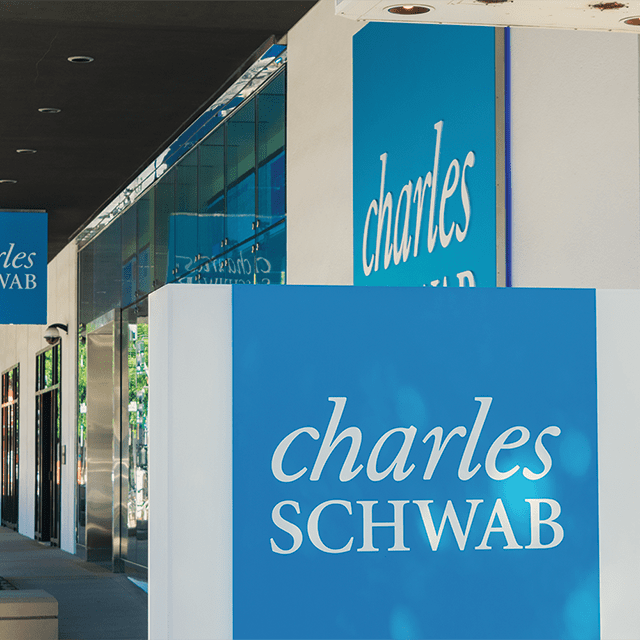Charles Schwab Hit With Class-Action Suit Over TD Ameritrade Deal

What You Need to Know
The combined companies maintain half of the retail order flow in the U.S., decreasing competition, according to the suit.
Since the merger, retail customers have made less money from their trades, the lawsuit says.
Plaintiffs have also faced increased transaction costs.
Charles Schwab was hit Thursday with an antitrust class-action lawsuit claiming that its merger with TD Ameritrade has “substantially decreased” competition, with a significantly less transparent payment for order flow process that causes customers to make less money through trades while paying higher transaction costs.
In today’s commission-free trading world, “retail brokers — who make huge profits selling customers’ order flow — compete for retail investors’ business by remitting a share of this payment for order flow to customers as part of each trade, through rebates, price improvement, or some combination,” the lawsuit states.
According to the suit, filed in the U.S. District Court for the Eastern District of Texas, the Schwab-TD Ameritrade merger “has created an unprecedented market concentration in which the merged entity has captured and maintained fully half of the retail order flow in the United States, [which] has substantially decreased this competition — if not ended it completely.”
The lawsuit “seeks to remedy the damage inflicted by the anticompetitive combination” of two of the largest retail brokerages in the United States in October 2020.
These brokerages cater to retail investors, the lawsuit states, “and while they do not charge commissions, they profit by selling Plaintiffs’ and the Class’ trades — their order flow — to market makers, who then trade against them for profit.”
As a result of the merger’s “anticompetitive effects, retail customers — including Plaintiffs and the Class Members — have made less money from their trades through rebates or price improvements,” the lawsuit asserts.
The plaintiffs and class members, it continues, have also: “faced increased transaction costs, including through being traded against by market makers using retail customers’ own data; have faced even-further-decreased transparency in where their orders are going, what their order flow information is being used for, and how much money is being paid to their brokers for this information’s sale; and have even less control and choice regarding how their trades are handled, and on what cost basis.”




